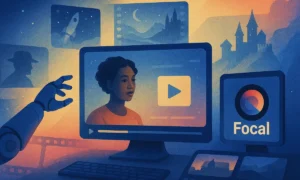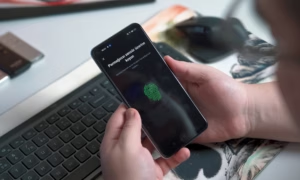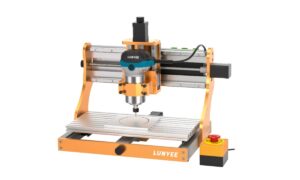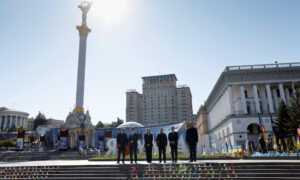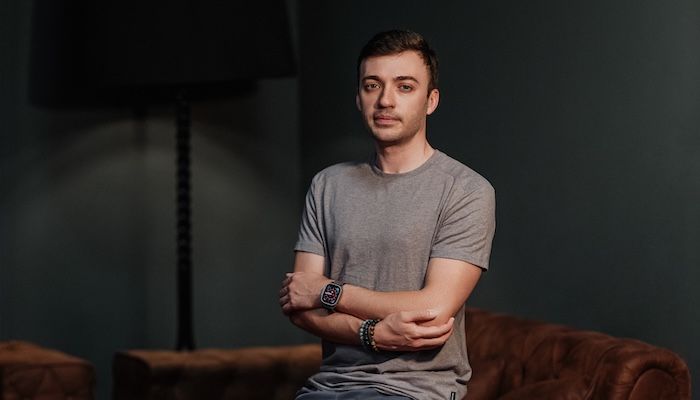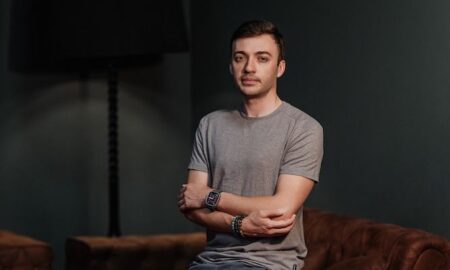In March 2020, cities were shutting down, studios were going dark, and shoots were being cancelled in waves. For photographers, the loss was immediate. No sets, no clients, no safe way to work. But while much of the creative world paused, a line of code quietly opened a new one.
The code was written overnight by Anton Kosiakin at home, while the world was still figuring out what came next. It started as a quick fix: a remote shutter trigger for smartphone cameras.
What happened next wasn’t planned. But it would go on to reshape how visual content is captured around the world.
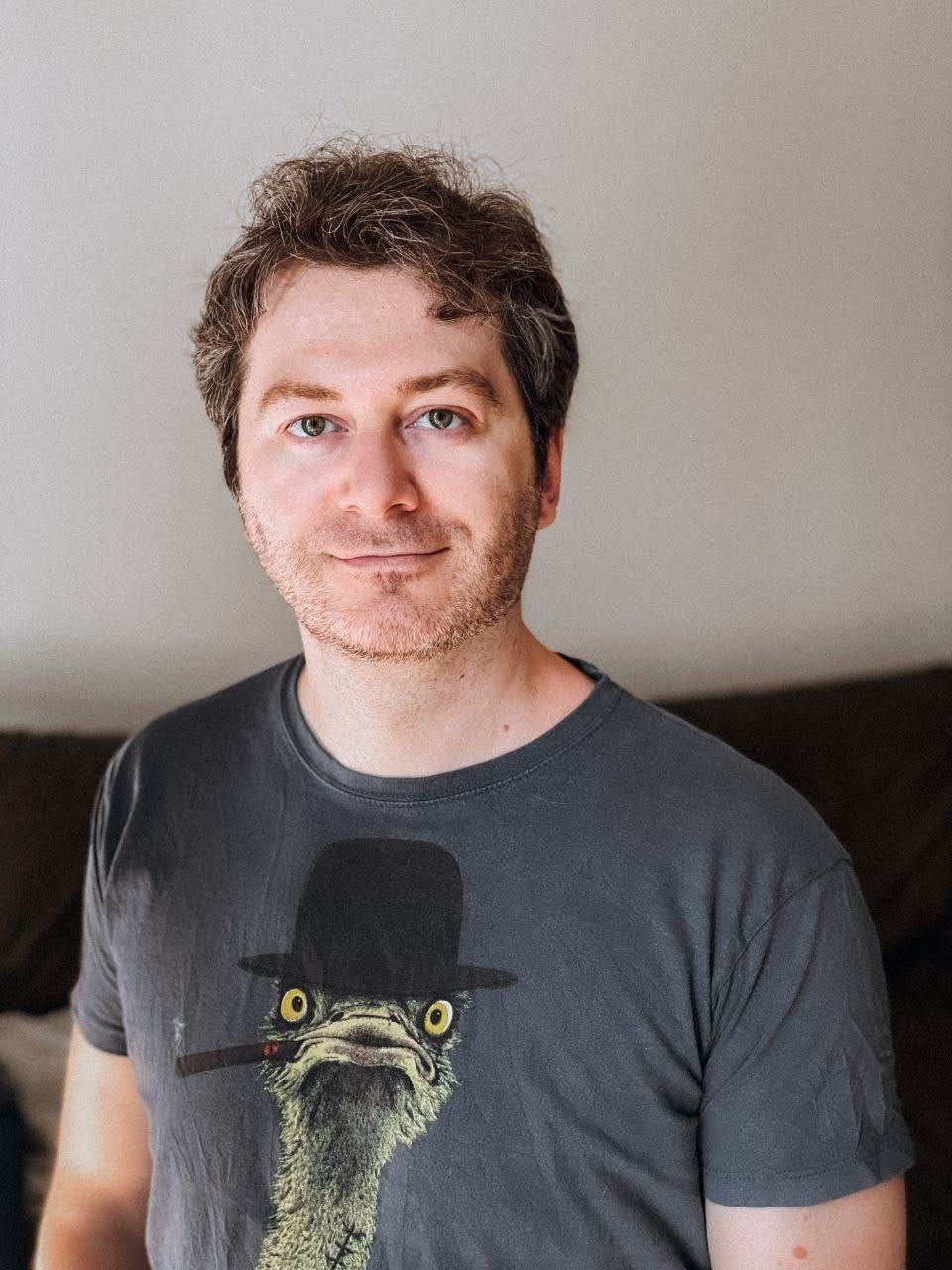
Anton Kosiakin, founder and developer of Shutter App
From Kolpino to Code
Anton didn’t grow up thinking he’d change photography. He grew up in Kolpino, a small town near St. Petersburg, where he got his first computer in high school. That moment flipped a switch. He started programming, obsessively writing code, tinkering with systems, and eventually contributing tech articles to Hacker magazine while still a teenager.
His path led to Saint Petersburg State University’s Faculty of Mathematics and Mechanics, where he joined the Department of System Programming and worked under the renowned Professor Andrey Terekhov. He briefly entered a PhD program, co-authoring research on distributed systems, before moving to the software industry. He wanted to build things that worked.
By the time COVID hit, Anton was Director of Platform Engineering at ALICE (now Actabl), leading large-scale infrastructure projects. But the idea that would define his entrepreneurial career didn’t come from work. It came from a single evening at home, when his wife Svetlana — a professional photographer who was also affected by the lockdowns — asked him a simple question:
What if you could take a photo without being there?
The Button That Changed the Workflow
The first version of Shutter App was almost laughably simple, just a remote shutter button. No fancy UI. No monetization plan. But it worked.
Photographers stuck in one city could direct a subject in another. They could compose, preview, and shoot all without being on set. Early users found it through word of mouth. They weren’t looking for innovation. They were seeking a way to continue.
“I’ve never seen such an easy solution for remote shoots before,” one user said.
And something shifted. People didn’t just try it, they stayed. They sent feedback. They started asking for more features. It became clear: this wasn’t a stopgap. It was a start.
From Prototype to Platform
Later that year, Shutter App went live on the App Store and Google Play. But it didn’t chase scale. Anton focused on refining what was already working.
He listened closely to photographers including his wife Svetlana, whose own experience behind the camera shaped many of the app’s early features. What did they need in a live remote session? What slowed them down? What made them feel confident?
The product evolved through those answers: live previews, lossless image transfers, and simple links for clients to join, with no installations and no friction.
“Clients can join instantly. No complicated setup.”
By late 2020, thousands of photos had been taken using the app. From the outside, the images appeared to have been taken in a polished studio. From the inside, they came from living rooms, kitchen setups, and rented spaces, often in different cities, sometimes in different time zones.
Breaking Into the Mainstream
In 2021, photographer Dina Litovsky used Shutter App to direct a remote editorial shoot. It wasn’t a test or a pilot; it was honest work. Two years later, she used the app again for The New York Times’ 2023 feature Space Burial.
The feedback from that project was telling. It didn’t focus on the novelty; it focused on the result.
“The image quality rivals that of an in-person photo session,” said one creative director.
What had begun as a temporary solution had now become a permanent fixture in professional workflows. Not as a backup. As a tool of choice.
Scaling Without Borders
By 2022, the app had been integrated into studio workflows in the U.S. and U.K. Shutter App launched white-label versions for partners, enabling them to offer remote photography services under their own brands. Virtual 365 Studio was one of the first to adopt the model.
By 2023, more than 10 million photos had been captured through the app.
Behind each of those images was a simple idea: that you no longer had to be in the same room to create something beautiful or professional.
As of late 2025, the app has been installed over 118,000 times on iOS and Android, used in dozens of countries, and trusted by creatives, studios, and brands worldwide.
This year, The New York Times returned to the platform for a series of remote interviews with world leaders on climate change, further proof that the format wasn’t just working. It was here to stay.
Redefining What a Photographer Can Be
Anton doesn’t see Shutter App as just a tool for photographers anymore. He sees it as a service for individuals, businesses, and teams who need high-quality visuals without the logistics of travel, booking, or in-person coordination.
“With the Shutter App, a photographer in Moscow can shoot a model in Tokyo, and a professional in New York can work with a client in London,” he says.
“We didn’t just build an app, we created a new way for creative people to work globally.”
The next step? Short-form video. Professional headshots. Branded content. With advances in automation and AI, Anton envisions the future version of the Shutter App as something akin to a photographer in your pocket, ready when you need it.
What the Shutter Story Means for Builders
Photo by Alexandra Farber, captured via Shutter App
The most compelling part of Shutter App’s story isn’t its scale. It’s how it started.
It didn’t begin with a pitch deck. It wasn’t backed by funding. It wasn’t even meant to last.
It began with a line of code written in a moment of uncertainty — a quick attempt to help his wife, Svetlana, continue shooting when in-person work wasn’t possible.
For tech entrepreneurs, creatives, and builders, there’s something quietly powerful in that. Not every breakthrough begins with a plan. Some start with a hunch. Some start because someone, somewhere, needs it now.
Solve a real problem. Ship something fast. Listen closely. Build for people who are already trying to solve that problem themselves and just need a better way.
The Shutter App didn’t change photography by force. It changed it by showing up at the right time, in the right way, with just enough to make things work again.
And sometimes, that’s enough to start something much bigger.
About the Author
Elena Hartfield is a technology writer and editor specializing in founder stories, creative tools, and digital transformation. With a background in software UX and a decade covering tech innovation across Europe and North America, she focuses on the human side of technical breakthroughs. Her work has appeared in TechBullion, Wired, and Founders Weekly. When she’s not writing, she consults with early-stage startups on storytelling and user messaging that resonates with their audience.

